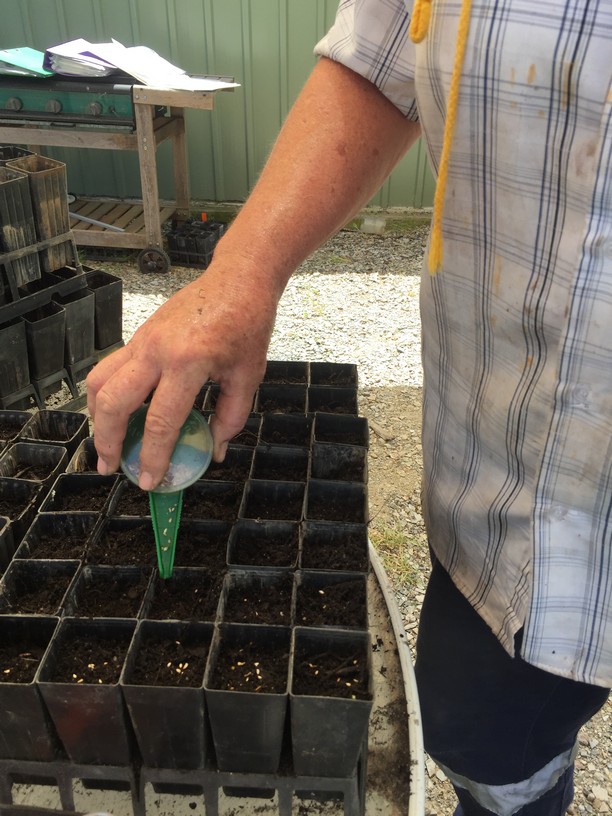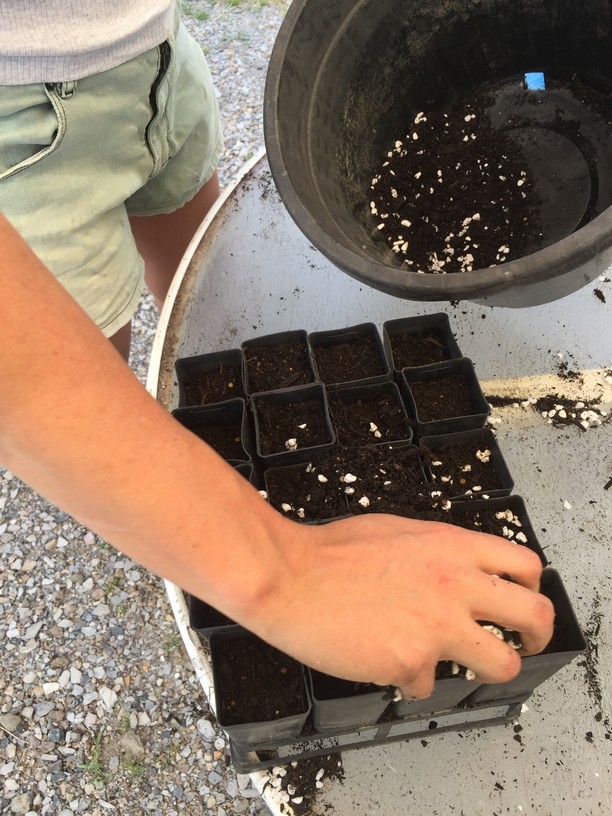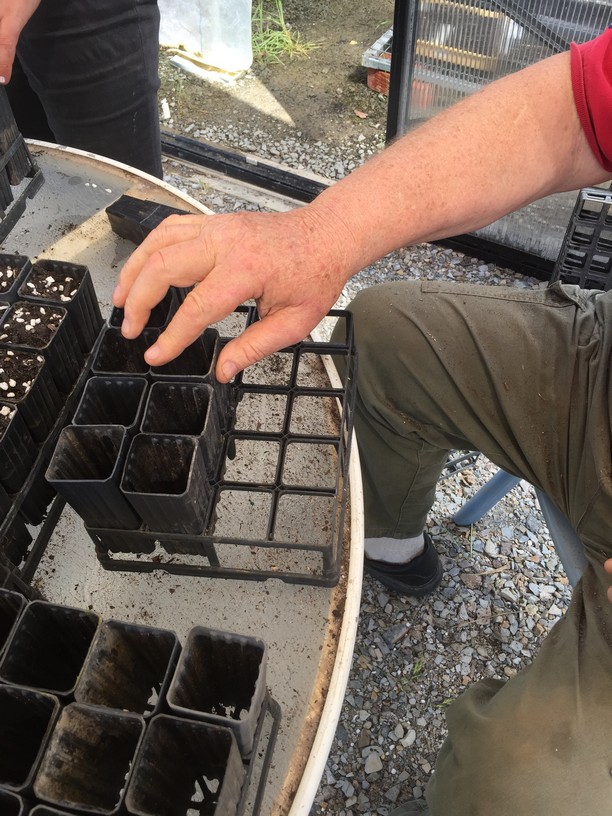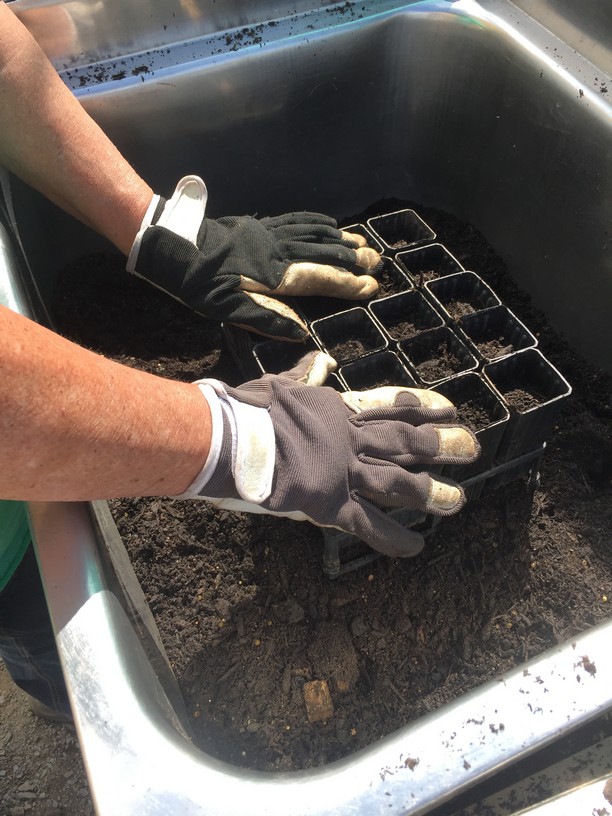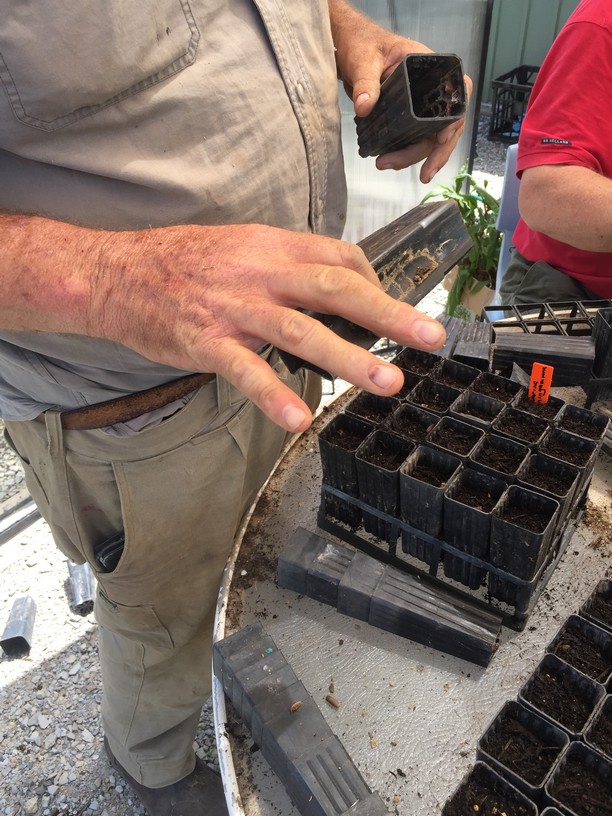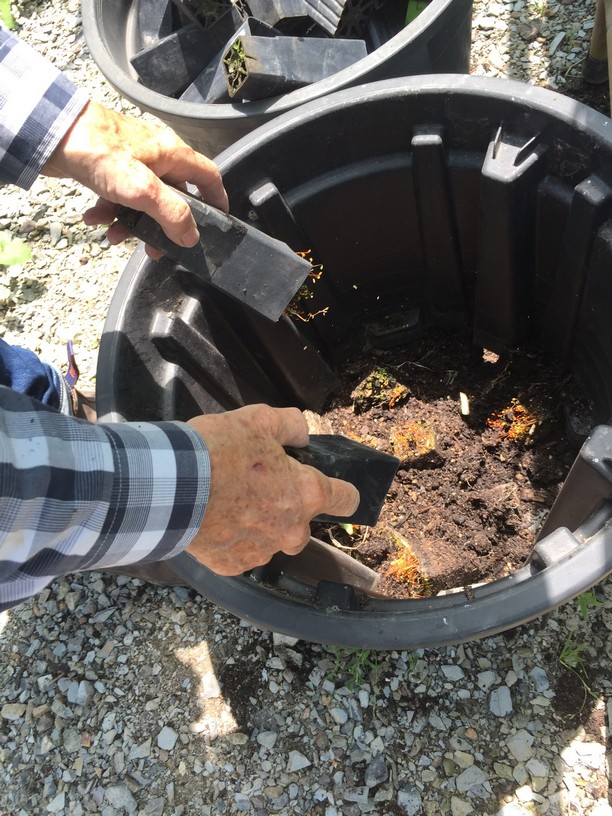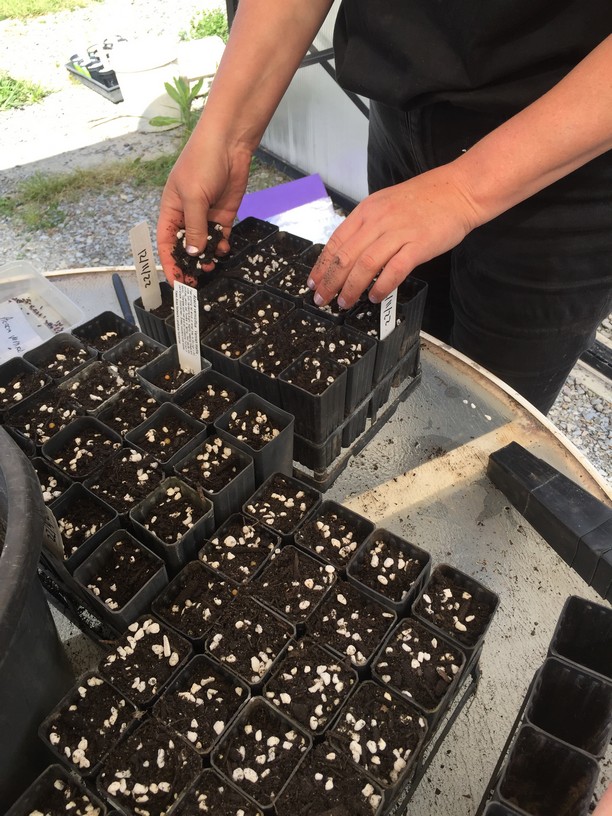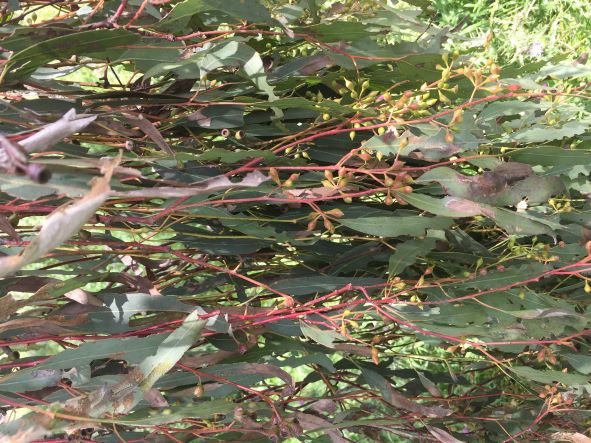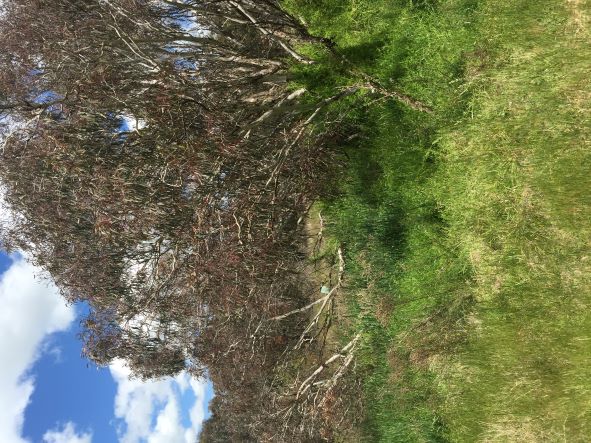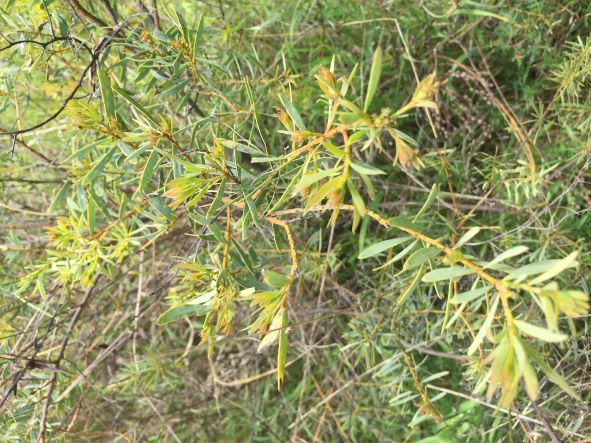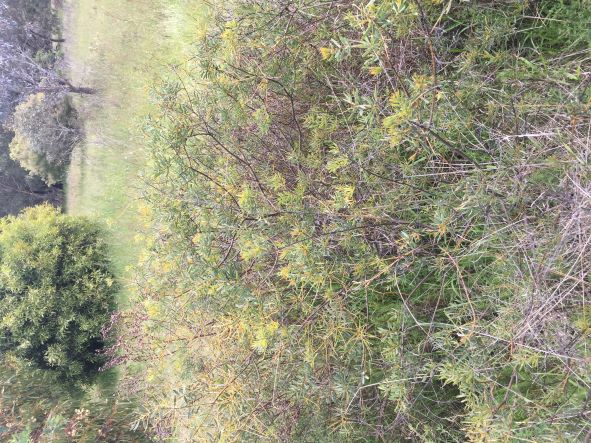This shrub or small tree species is endemic to Australia. It has an erect or spreading habit, growing to between 1 and 6 metres high. The phyllodes are often sticky and lustrous and vary in length, width and shape.
If you have stands of this acacia which currently have young, green seed pods, the YAN nursery team would be keen to hear from you.
If you want more information on the Climate Ready plant list please email Kath.
Click here for further comprehensive information on this Climate Ready plant.
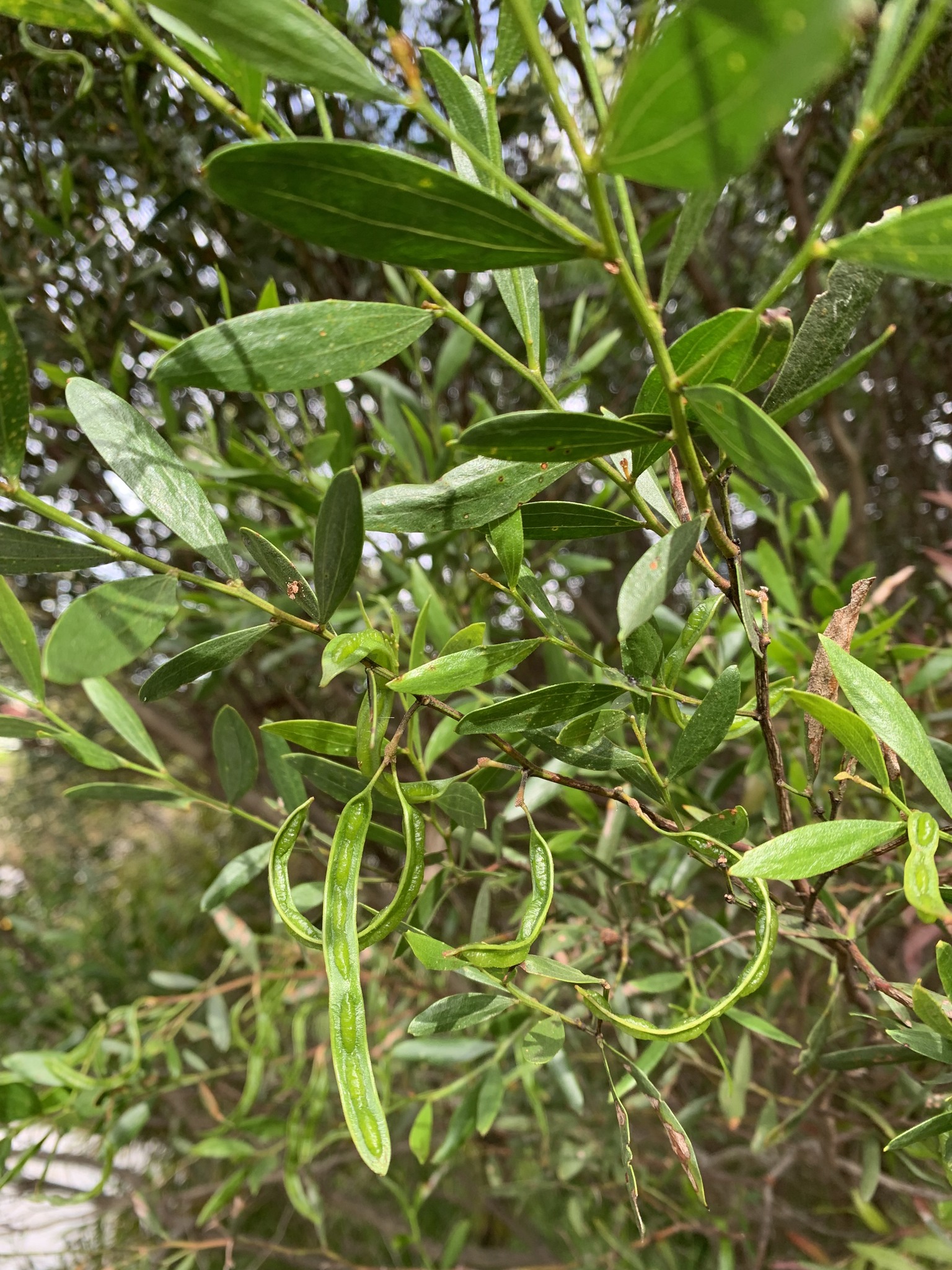
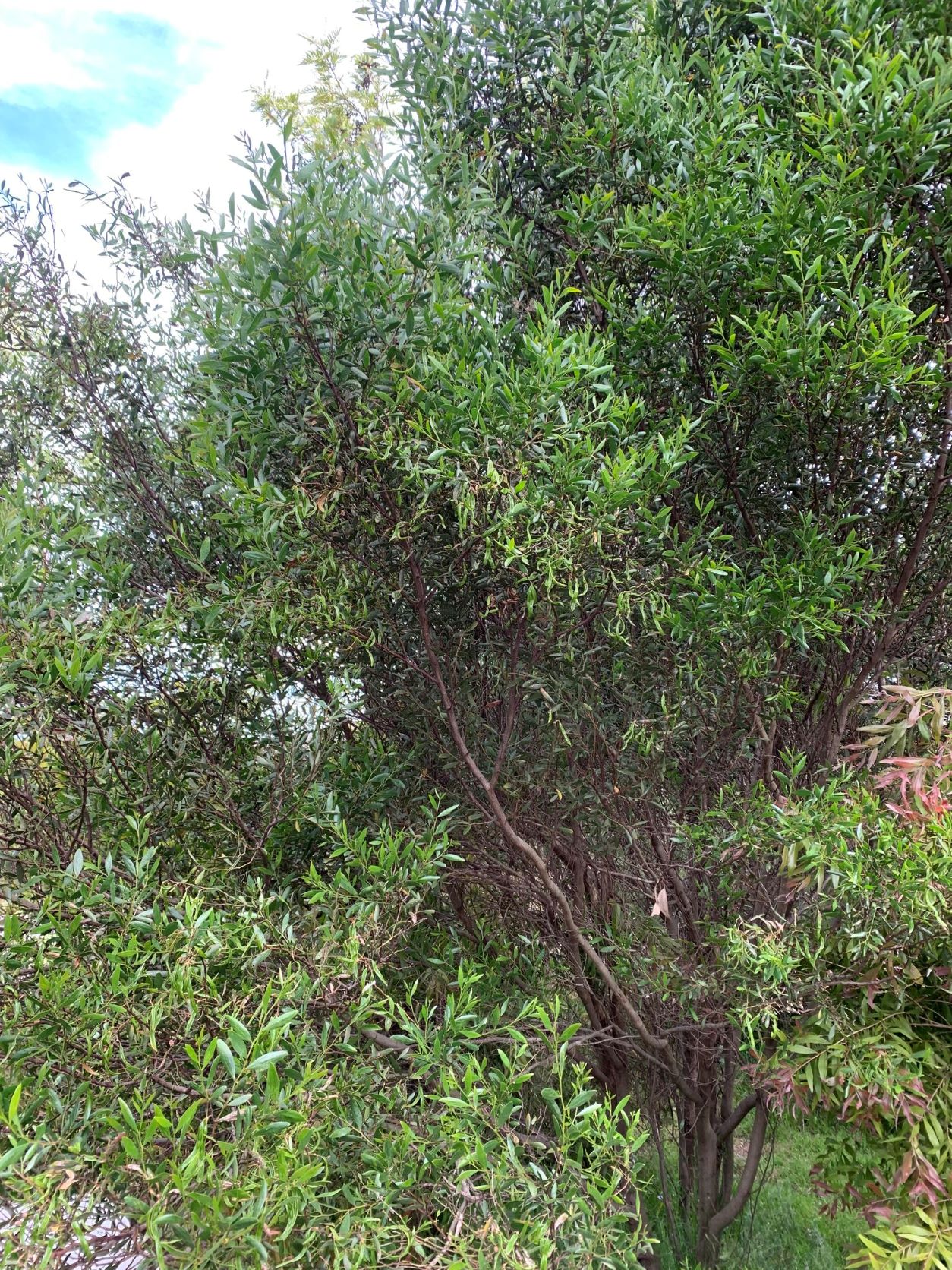
Landcare nursery managers within YAN are requesting regional landholders who have large numbers of mature plants, which are part of the YAN Climate Ready list, to consider collecting local seed when the seed matures in coming months. If you are keen to assist in this venture please email Kath.
Click here to view the full list of Climate Ready plants grown across our Landcare nurseries in Murrumbateman, Bowning-Bookham and Yass.

